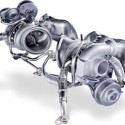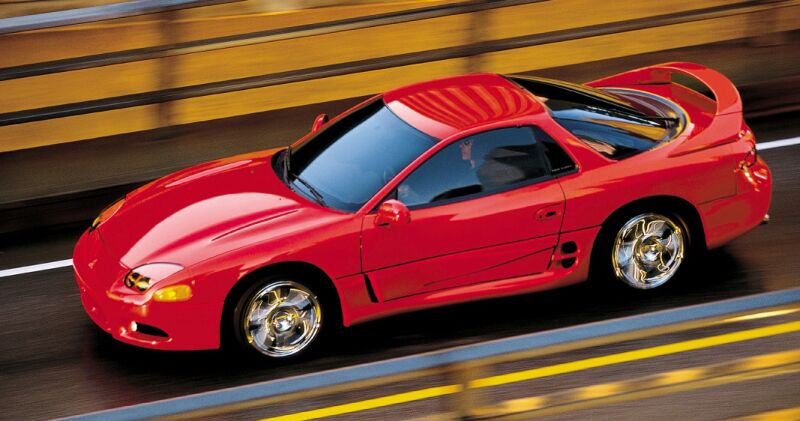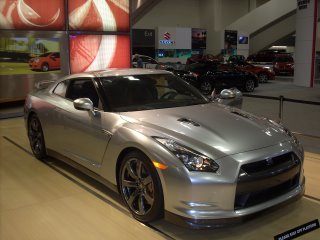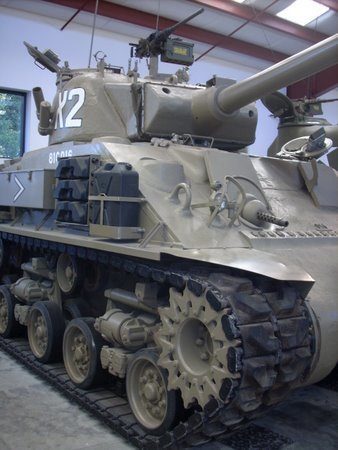The Modern Turbo Has (Positive) Implications for All Automotive Segments

The very term “forced induction” has a malicious, yet appealing ring to it. It signifies an extra source of power, a source that unleashes the hidden power of your standard motor. Forced induction, of course, refers most commonly to the beloved turbochargers and superchargers that we’ve seen tacked onto cars for decades now, starting in the 1960’s and becoming more prominent in the 1980’s & 1990’s. For most of time that turbochargers have been applied to cars they have been known to be mostly a source of new power at the expense of efficiency. This was not always a huge expense, but almost always an expense, whether that be a higher sticker price, higher service costs, or reduced fuel efficiency. What we’re seeing now is turbocharger application that is growing and that is helping to boost the image of forced induction.

In terms of supercars and exotic cars, the main purpose of a turbo has, and still is, to take output to new heights. Seven of our San Francisco, Silicon Valley, and Los Angeles exotic car rentals are equipped with turbochargers. The resulting power ratings are very high, providing an exhilarating driving experience that is definitive of exotic cars. This is especially true for our ultra luxury sedans (Roll-Royce Ghost rental & Bentley Continental Flying Spur rental) that seek to provide massive power amid their similarly massive weight. The exciting part about all of this is that along with the additional helpings of power, turbochargers have been able to produce comparable or better efficiency than their naturally-aspirated counterparts.

In short, turbochargers utilize exhaust to help force more air into the motor. The turbocharged motors of yesteryear ran very hot with these hot operating conditions causing premature wear & tear and reduced fuel mileage. Turbochargers of today utilize better bearings, cooling, and lubrication that contribute to their much-improved (and still improving) efficiency and reliability ratings. In just the past few years the application of turbocharging technology has boomed all across the automotive market, prominently in the economy car segment but also up to the full-size luxury segment. All in all, the benefits of modern turbochargers do not discriminate.

But, while we here at Club Sportiva are fans of increased efficiency and advancing technology, let’s go back to the increased power benefits of turbocharging for a moment. Firstly, it is exciting to see more and more cars across all segments offer more power. Some might argue that modern automotive design is often times not very exciting, but they can’t say the same about the power available at every driver’s foot nowadays. This not only injects life into segments that have been known for being anything but exciting, but the increased sportiness of our economy cars eventually forces our sports cars and exotic cars to become even more powerful; something we are absolutely game for! In addition, today’s efficient turbochargers allow for smaller and lighter cars with the same or more power than cars with larger, naturally-aspirated motors. The Ford F-150 is a neat example because it shows how turbocharging has defied the tried and true notions of an entire segment. The F-150’s “EcoBoost” turbocharged V6 makes 365 hp and 420 lb-ft of torque while getting a combined EPA-tested rating of 18 mpg. This matches its V8 rivals while providing fuel mileage that is leaps and bounds ahead.

So, we can see that turbos are becoming more and more efficient, but what does this really mean? Well, it means that we are going to be seeing them more and more, even in the sports car and exotic car segments that have already been using them the most for increased power. In addition, though exotic cars seem to be immune to fuel efficiency ratings, they’re ultimately not, so we may see the intention of turbos in sports cars to increasingly be rooted in efficiency rather than raw power. In the sports car segment, the highly-anticipated 2014 Chevrolet Corvette is likely to include an optional turbocharged small-block V8, which is a far cry from its massive displacement origins. BMW has also been rumored to be testing and offering a tri-turbo motor in future models. All in all, the forced induction trend is one that is welcome in our eyes and it will be exciting to see how much more powerful and efficient we can become in the years to come.



